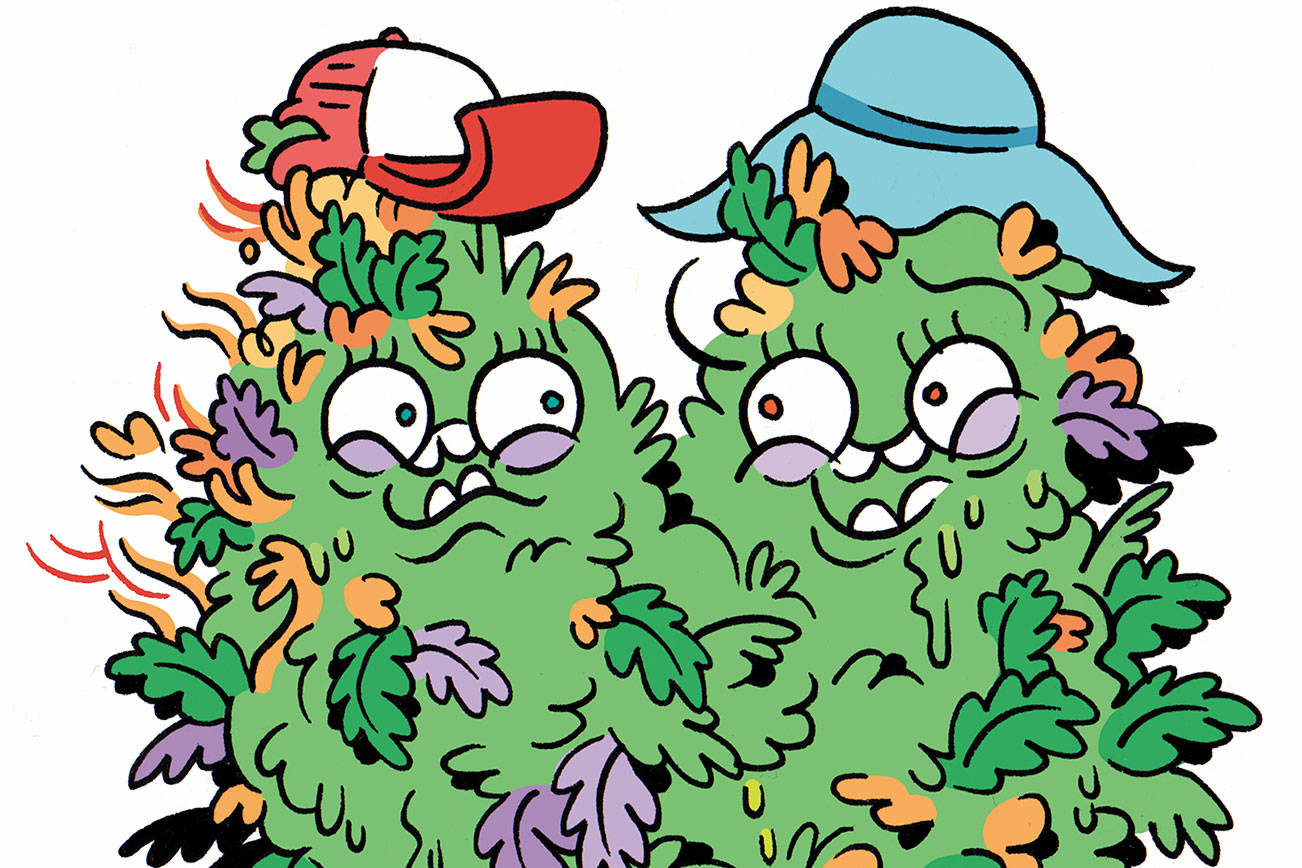Beneath your Christmas trees, egg nog, and fat jolly guys in red suits lie the roots of one of the year’s more important Pagan festivals. Winter Solstice, The Long Night, or Yule (from the Norse Jul, which means “wheel”) is the time when many witches gather with family and friends to eat good food, drink wassail, and say goodbye to the sun as it hits its low point in the sky—this year on Wed., Dec. 21.
The phenomenon of waning sunlight is central to the Yule holiday. Each day, as the sun rises on the eastern horizon, it moves a couple degrees north or south. The closer to summer solstice, the further north the sun will rise and set; the closer to winter solstice, the further south. Interestingly, at the solstices, the sun will rise and set at the same degree three days in a row.
A lot can happen in three days. For Pagans, this was the annual “reset button” for the sun, whose power was seen to wax and wane throughout the year. At winter solstice, the sun was thought to “die,” only to be “resurrected” three days later. And though ancient people eventually came to understand the sun would come back, it was still scary to watch the earth shut down and the light grow dim. Many cultures saw this as the face of primordial chaos asserting its influence, wiping away all the order humans had delicately put into place. In Rome, people celebrated Saturnalia as a way to appease The Lord of Misrule. In Central Europe, we see Krampus as the face of mayhem. For ancient Egyptians, the last moments of Osiris’ entombment took place on the solstice—three days later, Isis would give birth to Horus.
The Triple Goddess, usually depicted as the loving, generous mother Earth brimming with fertility, became the barren crone, silver hair streaming, picking off the sick and the weak in the village. Would you be lucky enough to make it through the season? Apple-bobbing was originally a form of divination to forecast your fate for the coming year. Most plants died, but evergreens—pine, spruce, fir, juniper—lived through the cold and became symbols of loyalty and shelter. A log of this wood would be burned through the three days the sun was checked out—with a small piece saved to light the fire the following year.
As for old St. Nick, he’s an amalgam of Odin, who was, according to A Witches Bible Compleat, sometimes called “Nik”; a witch goddess named Befana, who would ride on a broomstick, dropping presents for children down chimneys; and—possibly—Siberian and Finnish shamans who venerated the red and white amanita mushroom and relied on reindeer to help find them.
Take this quiet moment to shed outmoded forms, gain wisdom from the experiences of the past year, and then begin the process of brainstorming the seeds you will sow in the coming year.
Meagan Angus writes Stash Box for Seattle Weekly, plays violin for the Pagan-doomfolk trio Thunder Grey Pilgrim, and teaches The Wheel of the Year Series: Eight Sabbats for Witches. Find more info at meaganangus.com.









